Rocket Lab launches BlackSky’s “Full Stream Ahead”
Earth observing Gen-3 satellite mission
The goal for “Full Stream Ahead” is to deliver the BlackSky spacecraft to a circular orbit 292 miles (470 kilometers) above Earth.
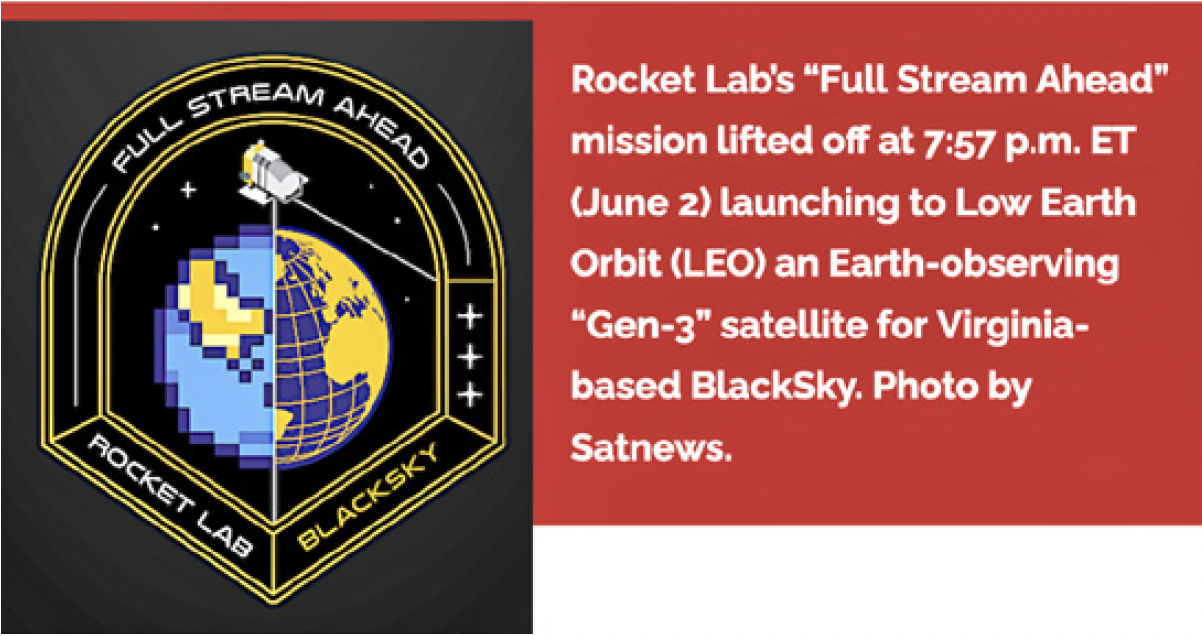
The spacecraft “will join the remainder of the company’s constellation delivering very high-resolution imagery and AI-enabled analytics for daily intelligence operations,” Rocket Lab wrote in a mission description.
Rocket Lab added,“‘Full Stream Ahead’ is the second in a series of four Electron launches booked by BlackSky to deploy its Gen-3 satellites to orbit this year, and the 10th overall [Electron] launch for the company — making Electron the most prolific launcher for their constellation to date.”
While BlackSky Technology [BKSY] said that it is to make its Generation-3 Earth imaging satellites widely available this year, the company is offering “early access” to a select group of “multiple international defense sector customers,” BlackSky said.
Seventh + eighth O3b mPOWER satellites to start delivering connectivity services
SES has announced that the latest pair of O3b mPOWER satellites launched in December of 2024 are now ready to offer services across the globe.
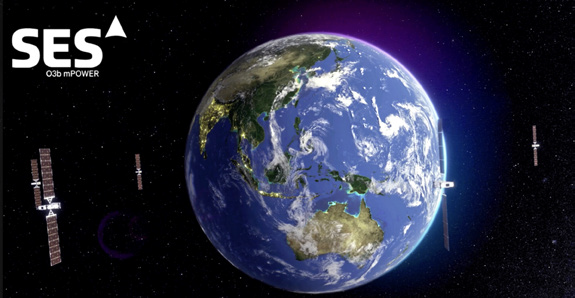
Featuring redesigned payload power modules, the seventh and eighth O3b mPOWER satellites are bolstering the capabilities of SES’s second-generation Medium Earth Orbit (MEO) system, supporting the delivery of high throughput and predictable low latency services at scale.
To date, SES has launched eight out of 13 O3b mPOWER high-throughput and low-latency satellites. The next O3b mPOWER launch is scheduled for summer 2025.
SES has also expanded its strategically located satellite ground stations, and now has 12 operational O3b mPOWER gateways located in South Africa, Peru, Brazil, Portugal, Australia, Greece, the U.S., Chile, the United Arab Emirates and Senegal.
Five out of these are co-located and operated by Microsoft’s Azure data centers.
SES started offering O3b mPOWER services worldwide starting in April of 2024 and has been delivering high-performance network services to customer sites across Asia-Pacific, Africa, the Middle East and the Americas in multiple market segments.
The system’s exceptional flexibility means it can provide services ranging from tens of Mbps to multiple gigabits per second of capacity to any site.
“Our O3b mPOWER services are in high demand and we were eagerly awaiting the additional satellites to strengthen our MEO network,” said Adel Al-Saleh, CEO of SES. “As we continue to deploy additional O3b mPOWER satellites, we are bringing substantially more capacity and improved network efficiency, resulting in a threefold increase in available capacity by 2027 to better serve our mobility, government, enterprise and cloud customers.”
Maxar Space Systems selected to build high-power EchoStar XXVI satellite
Maxar Space Systems, provider of satellite design and manufacturing has been awarded a contract by EchoStar Corporation (Nasdaq: SATS) to manufacture EchoStar XXVI, a high-power geostationary communications satellite based on the Maxar 1300™ platform.
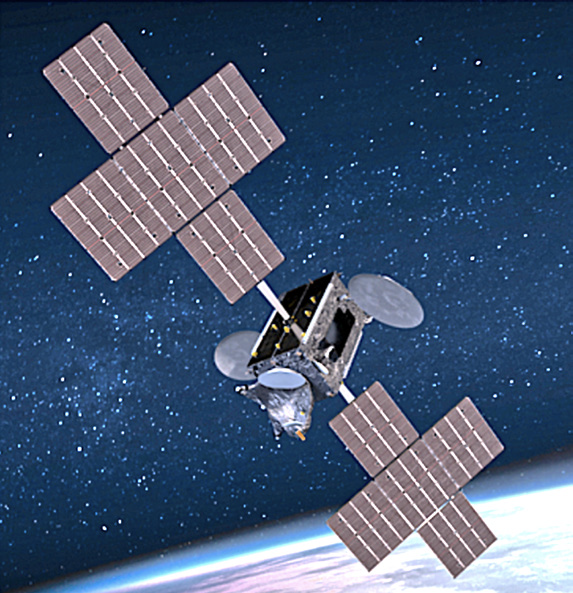
EchoStar XXVI will deliver robust coverage to DISH TV customers across all 50 U.S. states, including Puerto Rico, and is engineered for dual orbital slot performance, giving EchoStar enhanced operational flexibility to meet evolving customer and network demands.
The satellite will support EchoStar’s mission of providing coverage and continue to ensure high-capacity direct-to-home services across its customer base. EchoStar XXVI is scheduled for delivery in 2028.
EchoStar XXVI marks the latest chapter in a decades-long collaboration between EchoStar and Maxar Space Systems. It joins a long line of EchoStar satellites built by Maxar Space Systems, reinforcing the strength of the partnership and the reliability of the Maxar 1300™ platform.
With more than 95 Maxar Space-built geostationary satellites currently on orbit, this mission adds to Maxar Space Systems’ proud legacy of delivering advanced space systems that power global connectivity and innovation.
“EchoStar’s selection of the Maxar 1300™ platform underscores our commitment to delivering high-performance satellites that meet our customers’ most demanding requirements,” said Chris Johnson, CEO, Maxar Space Systems.”
Gunter Kamper, SVP of DISH Technologies, EchoStar Corporation. “Our ongoing investments across the board—especially with EchoStar XXVI—will ensure long-term access to our award-winning, satellite entertainment platform. Maxar Space Systems has been, and remains, a trusted partner in this mission.”
Exolaunch + INNOSPACE sign strategic partnership agreement for global smallsat launch services
Exolaunch and INNOSPACE have signed a Strategic Partnership Agreement (SPA) to collaborate on launch integration services and broaden access to orbit for global satellite customers.

Through this agreement, Exolaunch and INNOSPACE will work together on launch manifest planning, mission management and payload integration for upcoming commercial launch campaigns.
Exolaunch will provide its flight-proven separation systems for cubesats and microsatellites (smallsats), with its hardware positioned as the deployment solution for INNOSPACE customers across dedicated and rideshare missions.
The partnership also includes the use of Exolaunch’s EXOtube, a modular and scalable launch platform designed to optimize multi-payload configurations, increase mission flexibility, and enhance vehicle utilization.
The teams will further collaborate on launch campaign planning, system integration, and on-site execution support.
Exolaunch’s mission heritage includes more than 530 satellites deployed across 36 missions, with customers ranging from leading commercial operators and startups to space agencies, leading universities and research institutions
INNOSPACE is currently ramping up launch services with the HANBIT series powered by hybrid and methane engines.
“We’re proud to partner and formalize our work with INNOSPACE to bring new flexibility and reliability to global customers seeking access to orbit,” said Jeanne Allarie, Chief Commercial and Marketing Officer at Exolaunch. “Our separation hardware and mission services are designed to scale across launch vehicle platforms, and this partnership supports our commitment to enabling global launch diversity.”
Ovzon receives 1.04 billion Swedish Kronor order from the Swedish Defence Materiel Administration (FMV)
Ovzon has received an order at a value of 1.04 billion SEK (~$110 million) from the Swedish Defence Materiel Administration (FMV).

The order is for the company’s integrated SATCOM solution and includes satellite network services, mobile satellite terminals and dedicated customer support.
The service will run for 24 months with delivery starting in June 2025.
The order includes Ovzon’s SATCOM service ’Hero’ based on third-party satellite capacity, as well as a large number of mobile satellite terminals from Ovzon’s product portfolio developed for both manned and unmanned missions.
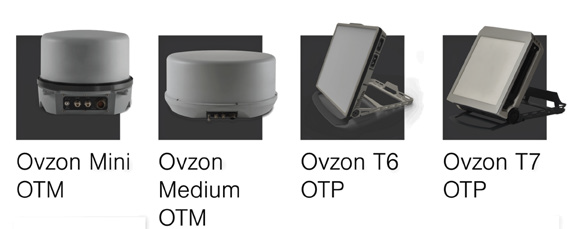
The order value for mobile satellite terminals amounts to 220 million Swedish Kronor. One third of the terminals will be delivered immediately, the rest gradually.
The satellite network services part of the order is both a renewal and an expansion of the contract signed on September 6, 2024.
“We are honored by the trust that Swedish Defence Materiel Administration (FMV) is placing in us and we are committed to deliver on our customer promise. This is Ovzon’s largest order to date—a clear validation that our Swedish technology meets the most critical operational needs. This order allows us to accelerate in scaling our company and become even more relevant in our key markets”, said Per Norén, CEO of Ovzon.
Enpulsion unveils their Nexus electric propulsion system
Enpulsion has launched Nexus, the company's most advanced propulsion system to date. Designed for spacecraft up to 500 kilograms, Nexus delivers significantly increased thrust and enhanced orbit-raising capabilities, addressing the growing demand for responsive, high-performance electric propulsion in smallsat missions.
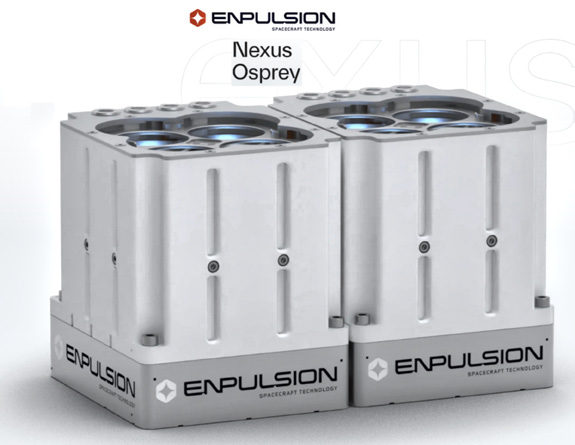
Built on Enpulsion’s heritage Field Emission Electric Propulsion (FEEP) platform, Nexus is a direct evolution of the company’s TRL 9 Micro R3 system that leverages the flight heritage of over 280 units in orbit. With a thrust-to-power ratio optimized for early mission phases, Nexus mitigates one of the primary limitations traditionally associated with electric propulsion — initial orbit-raising speed. With this innovation, Enpulsion’s Nexus offers a groundbreaking alternative to Hall Effect Thrusters (HET) in the smallsat class.
Nexus is ideally suited for a range of mission profiles, including orbit-raising and deorbiting for SDA-class buses, constellation maneuvering and maintenance, responsive government and defense missions, and stationkeeping support for larger platforms. Nexus is also designed for flexible clustering and offers a compact, non-ITAR solution for international customers seeking high-thrust performance in a scalable architecture.
Nexus continues Enpulsion’s commitment to innovative spacecraft maneuverability throughout mission life, supporting sustainable satellite operations and celestial stewardship. Seamlessly integrating with Enpulsion’s Cortex Smart Mobility Interface (SMI), the system features no pressurized tanks or chemical energy storage and uses a solid indium propellant for safe handling.
Nexus development is already underway, with Preliminary Design Review (PDR) scheduled for Q3 2025, Critical Design Review (CDR) in Q1 2026, qualification completion in Q3 2026, and production deliveries beginning Q4 2026.
“With Nexus, we’re building on everything we’ve learned from years of flight heritage and direct customer collaboration,” said Alexander Reissner, CEO & Founder of Enpulsion. “This system brings new performance to the table while staying true to what sets our propulsion apart: precision, simplicity, safety, and superior performance for the entire mission life.”

